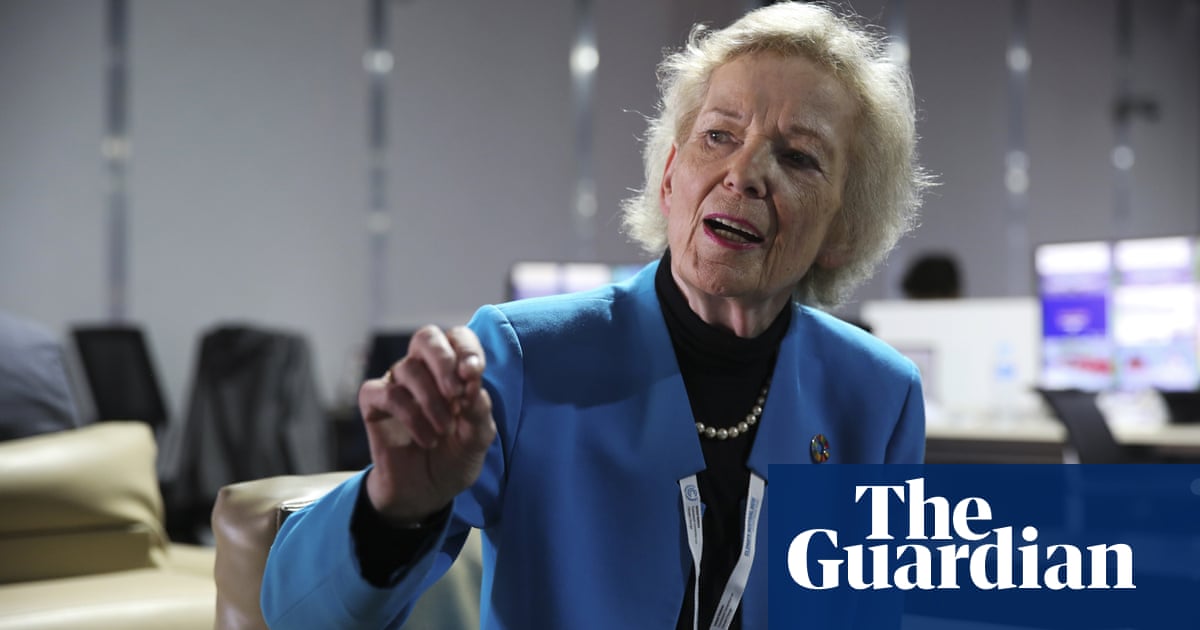
A statue to the 19th-century fossil hunter and palaeontologist Mary Anning, who was once “lost to history”, is finally set to be unveiled in 2022 in her home town of Lyme Regis after a schoolgirl’s four-year campaign.
Campaigners, who have overcome bureaucratic red tape and raised more than £100,000 in crowdfunding, have been granted planning permission to site the bronze in “the perfect spot”, overlooking Black Ven cliffs on the Jurassic coast in Dorset, where she made her pioneering finds.
Evie Swire, 13, was nine when she first heard of Anning, born in 1799, who sold fossils to supplement her family’s meagre income and who is the subject of the film Ammonite, starring Kate Winslet. Disappointed there was no local tribute to Anning, who in life was largely ignored by the scientific establishment yet is now regarded as a significant female force in science, she began the Mary Anning Rocks campaign.
But first the coronavirus pandemic, then disputes over where the statue should be sited, looked likely to thwart plans to unveil the work, by the sculptor Denise Dutton, on the 223rd anniversary of Anning’s birth in May 2022.
Anya Pearson, Evie’s mother, said plans to place the statue near the giant anchor viewpoint on Lyme Regis seafront were resisted, and the project was then added to a long list of applications amid the pandemic. Another proposal, to place the statue on a cart road below the Marine theatre, was also rejected.
“But now we finally have the perfect spot for her, facing Black Ven [cliff] and Golden Cap [hill]. Black Ven is where she found most of her fossils, and it is just the most evocative spot, looking out to sea,” said Pearson.
‘It is the same background view as that in the only portrait ever painted of Mary. So there is great connectivity.
“It’s been a long battle, and at one point I really thought the whole project might be strangled by bureaucratic red tape. I thought the hard-part would be the fundraising, not getting planning permission.
“But the local people really got behind it, and have been amazing,” she added.
The clay model of Anning and her dog, Tray, which is one-and-a-quarter lifesize, is due to be cast in bronze in early 2022, with the unveiling scheduled for May. As part of the campaign, whose patrons include Sir David Attenborough, and the academic and broadcaster Prof Alice Roberts, the Mary Anning Rocks learning legacy will enable children from underprivileged backgrounds across the UK to visit the statue and go fossil hunting on the beaches, “discovering the next generation of Mary Annings”, added Pearson.
Anning was responsible for many pioneering finds, including one of the first ichthyosaurus skeletons, and became immensely knowledgable in the then emerging field of palaeontology. But her finds were often credited to the male collectors to whom she sold her fossils. Her disappointment and frustration was evident in one surviving letter, in which she wrote: “The world has used me so unkindly, I fear it has made me suspicious of everyone.”
She died aged 47.
The planning application papers said that, despite coming from a poor background, Anning’s finds changed the way scientists thought about the origins of our planet and how life evolved on it.
It read: “Throughout Mary Anning’s lifetime, her achievements have largely gone unacknowledged with her name having been eradicated from the historic archives due to her being an uneducated, working-class woman and an outsider to the polite and scientific community.”
Anning had not previously been championed in the town, “because she was just not known about”, said Pearson. “If she had been male and upper class, a statue would have been raised over a hundred years ago.”
“I really feel we have finally righted a historic wrong.”












